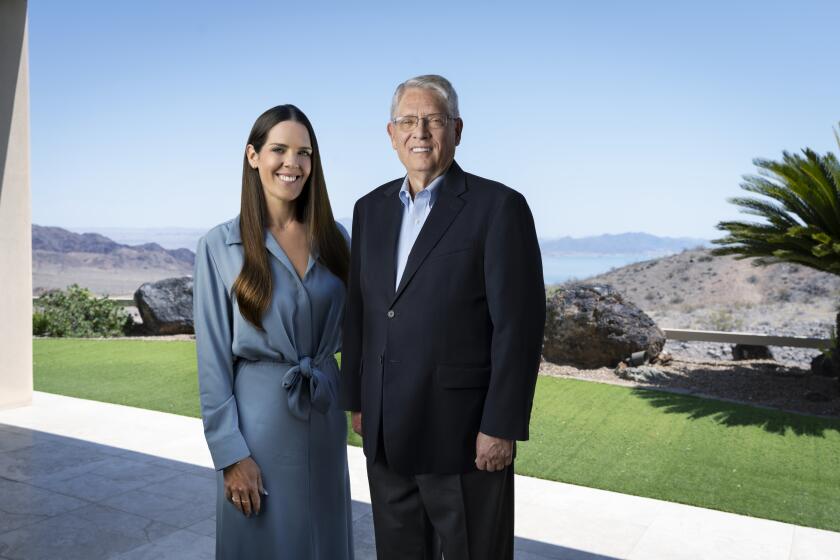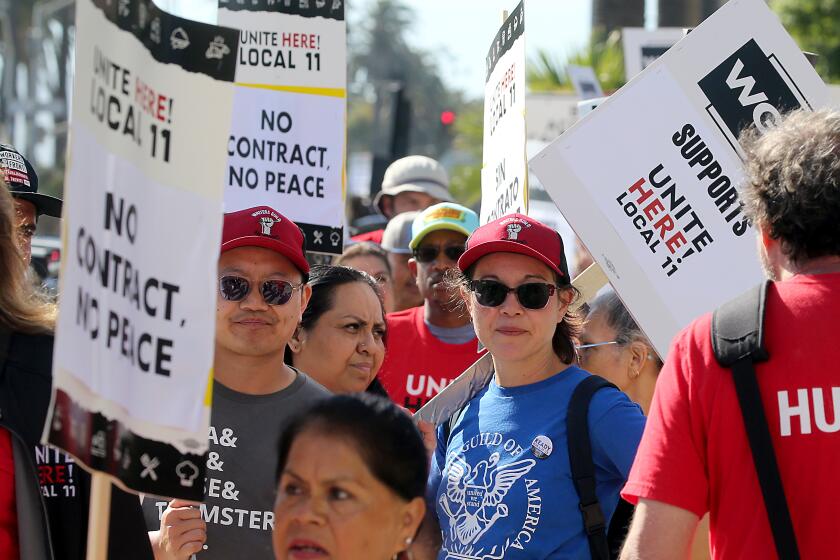Lawyer Uses CSI Techniques to Prove His Point
The 19-year-old girl and her mother were traveling together, taking a bus excursion from Las Vegas to the Hoover Dam. The daughter, Meng Qiu Sun, was a student at Shanghai International Studies
University, and planned to be a diplomat. Her mother and father were successful businesspeople in China, who operated a store on Nan Jing road, the busiest business street in Shanghai. Her parents had recently divorced following her father’s cancer diagnosis as he wanted his wife to get on with her life.
They decided to tour the United States on a trip arranged by DW Tours of San Gabriel, Calif. They flew from Shanghai to San Francisco with a group of tourists, and had traveled by bus to Las Vegas, where they stayed at the Riviera Hotel & Casino. On the way back from seeing the engineering marvel, Meng took a seat right behind the driver, on the left side of the bus. Her mother sat alone four rows back. As the bus traveled up U.S. Highway 93, it veered left, then right across the median before rolling over just outside of Rosie’s Den near Dolan Springs, Ariz.
Meng and her mother were killed, as were five other passengers, and nine were severely injured. Most were ejected from the bus in a horrific scene strewn with bodies and dollar bills.
“A lot of lawyers would love to have that case,” says David R. Lira, who has won more than $250 million for clients. “But to do the case right, you need resources and the financial wherewithal to prove your case.”
Doing the case right for Lira is several steps beyond what you might expect: think more CSI than Perry Mason. First, he had to spend $99,000 to buy an identical bus in pristine condition. “I have to compare the crashed bus with an unwrecked one to do animations of how the wreck occurred and how the injuries and deaths were sustained.”
“And then I have to wreck the bus,” he says. “That costs a fortune. You have to hire automotive design experts. Then you have to hire computer experts to put the instrumentation in the bus to measure dynamic forces, the range of steer and understeer.” All in, preparing the case will cost him $1.5 million — all of which will come from Girardi | Keese, and none from their clients.
Lira spent $200,000 the year before on a Cessna plane fuselage to use as demonstrative evidence for a jury that would decide liability for a plane crash off the coast of Orange County that killed a man. “We had it crated and delivered to the basement of the courthouse so the jury could visualize what happened,” he said. The case settled on the eve of trial for $5 million.
“It’s like CSI,” he says. Lira has also exhumed bodies to determine if an overworked coroner missed something, like a cardiac event suffered by a pilot in a plane crash. In one case, he personally flew some brain tissue from Los Angeles to a medical examiner in San Francisco to make sure it was uncontaminated and that the test results could not be challenged on the type of ‘chain of custody’ issues that tripped up the prosecution of O.J. Simpson.
The ability to properly resource a case is an area in which Girardi | Keese increasingly offers a critical distinction with the majority of other plaintiff firms. “We get a lot of our cases from other attorneys who know we have the ability to do a case right,” says Lira, who also points out that they are very generous to referring attorneys.
Resources mean more than money, however. It also means being able to attract the best network of experts on a range of issues, from groundwater contamination to air crash cases.
Lira won $45.5 million against Ford Motor Company for severe injuries suffered by 5-year-old Johan Karlsson due to a defectively designed lapbelt. And there was a particular design expert at Ford that Lira wanted for the case. “And he interviewed me!” says Lira. “If they blow a case, it’s not like they’re blacklisted, but other lawyers can then ask if their opinions have ever been excluded from a court of law. That can happen if their lawyer doesn’t prepare them right.”
Lira has seen a lot of changes in consumer law practice since he graduated from Boston College Law School in 1986. An idealist and fan of Cesar Chavez, he was passionate about using the rule of law to settle disputes. “As Cesar Chavez told the farm workers, who were struggling for freedom and dignity, they must never resort to violence. ‘The law is for us as well as the ranchers,” he says.
He’s used that philosophy that the law is for the consumer injured by the defective auto, as well as the automaker throughout his career. Early on, he recalls, “There weren’t a lot of mass torts at the national level,” he says, “but it’s a whole new ballgame now.” Girardi | Keese was one of the first firms to take on mass torts and take them to trial, establishing a reputation for knowing how to handle such claims properly. As a result, its attorneys now regularly are tapped for the coveted steering committee spots by federal judges in claims over pharmaceutical products like Yaz, Accutane, and Vioxx, or over mass disasters like the Chatsworth train crash. That’s also put the firm in a prime position for international air disasters, like the Air France case. “All the aviation manufacturers are still U.S. companies, so European lawyers look to us to file the suits here,” he says.
Still, no matter how huge the cases are that the firm now handles, there’s a part of Lira that still is concerned about the little guy who needs a lawyer for a simple matter. “We all get calls from these guys who are a little shy and almost apologetic because they think we won’t have time for their small little case,” says Lira. “And everything here starts with Tom [Girardi] and there’s no other lawyer like him, but they need to know that even if they don’t get Tom, there are 25 other lawyers equally dedicated and skilled in advocacy.
“Tom doesn’t want us to become one of those firms that would turn away your average guy who lost a child or wife in an auto accident. And we’ll never leave that because that’s how we started,” Lira explains. “But we have evolved. And the common denominator of it all is you have someone who was damaged, wrongfully denied something or subject to someone’s negligence. And we are here to help those people. It gives you peace of mind knowing you’re doing everything you can for those folks who have no one else to fight for them.”
More to Read
Inside the business of entertainment
The Wide Shot brings you news, analysis and insights on everything from streaming wars to production — and what it all means for the future.
You may occasionally receive promotional content from the Los Angeles Times.










